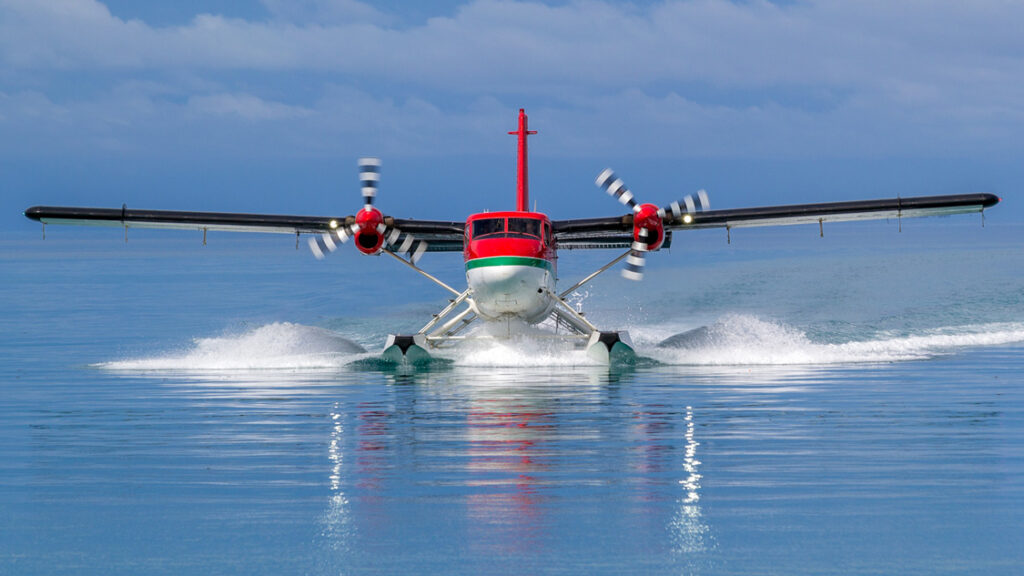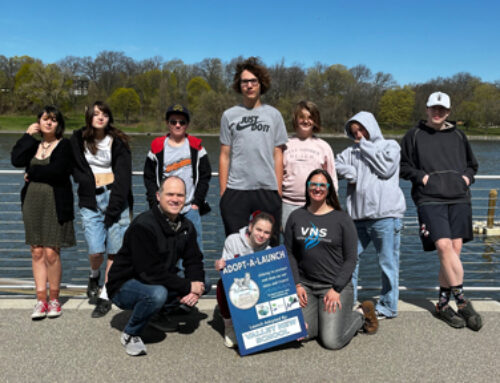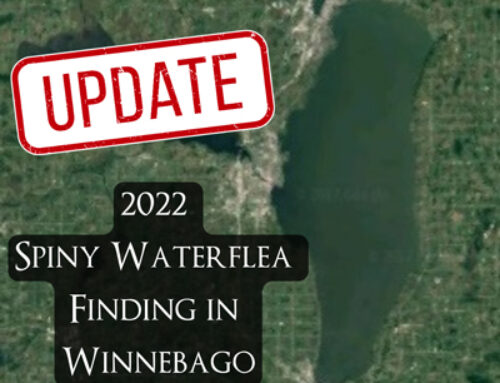Recreation Activities: AIS Prevention in an Increasingly Connected World
Transport pathways are the means by which AIS have been introduced to and spread across Wisconsin. The number of pathways have continued to grow as new technologies allow for faster movement of goods and services than ever before in history. Every month, we will be putting a spotlight on the different pathways aquatic invasive species can reach new waterways. The next installation of this monthly series focuses on the pathway of Recreation.
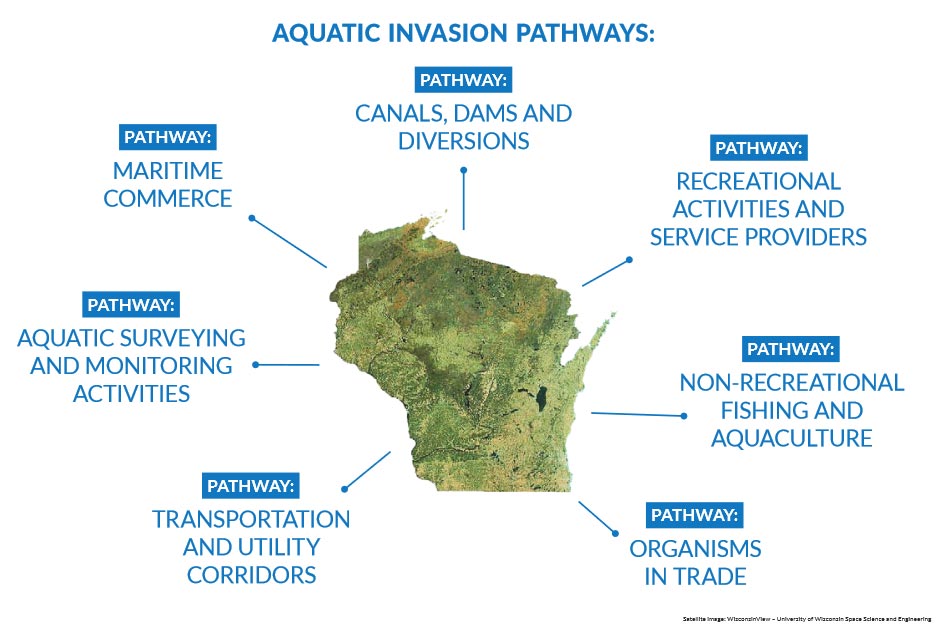 Wisconsin has over 15,000 lakes and is a popular destination for both residents and non-resident boaters and anglers as evidenced by Wisconsin selling the third highest number of out-of-state fishing licenses in the nation. As such, the high level of boat traffic between waterbodies presents a means a potential of introduction for AIS due to bio fouling, entanglement on the prop or trailer, and water discharge from bait buckets, bilge pumps, and livewells.
Wisconsin has over 15,000 lakes and is a popular destination for both residents and non-resident boaters and anglers as evidenced by Wisconsin selling the third highest number of out-of-state fishing licenses in the nation. As such, the high level of boat traffic between waterbodies presents a means a potential of introduction for AIS due to bio fouling, entanglement on the prop or trailer, and water discharge from bait buckets, bilge pumps, and livewells.
Boating
Boating for angling and recreation is one of the most common pathways for AIS spread in the United States. Western states such as Utah, Colorado, and Montana are working to stop the  spread of AIS (specifically Dreissenid mussels) by targeting the boating pathway. Wisconsin has also worked to stop the spread of AIS through the boating pathway through the Clean Boats Clean Waters (CBCW) program and NR40. The WDNR has also worked to make grant funds more readily available to parties interested in starting CBCW programs and funding is available for the Winnebago System. In 2017, over $600,000 was awarded for CBCW efforts across the state.
spread of AIS (specifically Dreissenid mussels) by targeting the boating pathway. Wisconsin has also worked to stop the spread of AIS through the boating pathway through the Clean Boats Clean Waters (CBCW) program and NR40. The WDNR has also worked to make grant funds more readily available to parties interested in starting CBCW programs and funding is available for the Winnebago System. In 2017, over $600,000 was awarded for CBCW efforts across the state.
Bait
The high quality of fishing in the Winnebago System draws anglers from around the country. Surrounding the System are numerous bait shops that are supported by the high number of anglers. The shipment of live organisms into and around the state for use as bait can serve as a means of introduction through their release. The packing materials that are used for shipping live organisms may also harbor additional AIS. An additional complication for the Winnebago System is its close proximity to Lake Michigan. If anglers are not familiar with the AIS in lakes they are visiting to fish, they may inadvertently use a prohibited species which can lead to that AIS being released and becoming established.
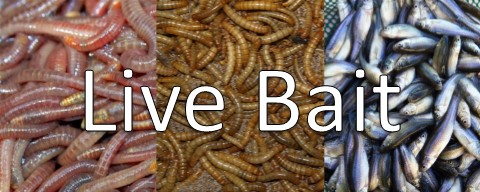
Other Recreational Pathways
Other invasive species pathways involving recreational activities may pose similar problems as recreational boating and fishing but are more difficult to reach through existing outreach messaging. Transient boaters may be more of a threat for AIS transfer to new areas but are not defined by state lines and thus are more difficult to target. Specialty watercraft operators may also pose a great risk and additional outreach methods should be developed. Other water users may not 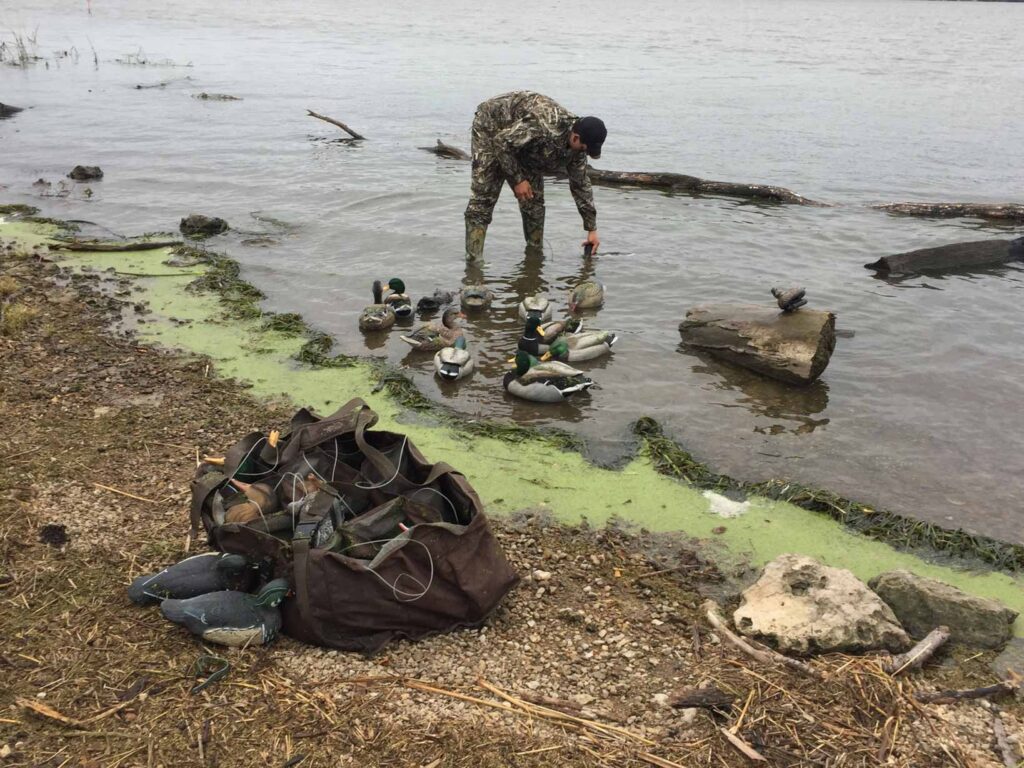 use boats (e.g., wading anglers, waterfowl hunting, etc.) and are not reached through traditional CBCW programs. Due to the popularity of these actions on the Winnebago System and waterways in close proximity, these audiences must be reached in order to further reduce the invasion risk of AIS.
use boats (e.g., wading anglers, waterfowl hunting, etc.) and are not reached through traditional CBCW programs. Due to the popularity of these actions on the Winnebago System and waterways in close proximity, these audiences must be reached in order to further reduce the invasion risk of AIS.
Businesses that support boating activities, such as marinas, lake and dock service providers, and chemical herbicide applicators are another audience in this invasion pathway. These businesses work closely with boaters and boats and use watercraft in a similar manner. In the Winnebago System region, there has been little AIS outreach performed with this stakeholder group. However, this audience is needed for many recreational boaters and equipment used to install docks or other equipment can be just as likely to transport AIS. Therefore, more outreach is needed to this vital aspect of the boating industry.
Local Highlight: Seaplanes
A more unique situation in the Winnebago System is the seaplane docking base in Lake Winnebago. With the annual EAA Air Show in August, the Winnebago System welcomes hundreds of planes that may inadvertently be harboring AIS on aircraft platoons. This can result in new introductions of AIS. When these planes return to other lakes at the end of the Air Show, they may also be spreading AIS to those lakes.
All text from this article is from the Winnebago Waterways AIS Strategic Plan. Sources can be found in the AIS Strategic Plan document. For more information on what the state of Wisconsin is doing to prevent the spread of AIS, check out the Wisconsin AIS Management Plan.
Questions? Comments? Contact Chris Acy, the AIS Coordinator covering Brown, Outagamie, Fond du Lac, Calumet, and Winnebago Counties at (920) 460-3674 or chris@fwwa.org!
Follow the Fox Wolf Watershed Alliance’s Winnebago Waterways Program on our Winnebago Waterways Facebook page or @WinnWaterways on Twitter! You can also sign-up for email updates at WinnebagoWaterways.org.
Winnebago Waterways is a Fox-Wolf Watershed Alliance program. The Fox-Wolf Watershed Alliance is an independent nonprofit organization that identifies and advocates effective policies and actions that protect, restore, and sustain water resources in the Fox-Wolf River Basin.
Photo Credit: Wikipedia Commons, WI AIS Management Plan, Jeff Jackson, Gene K.

